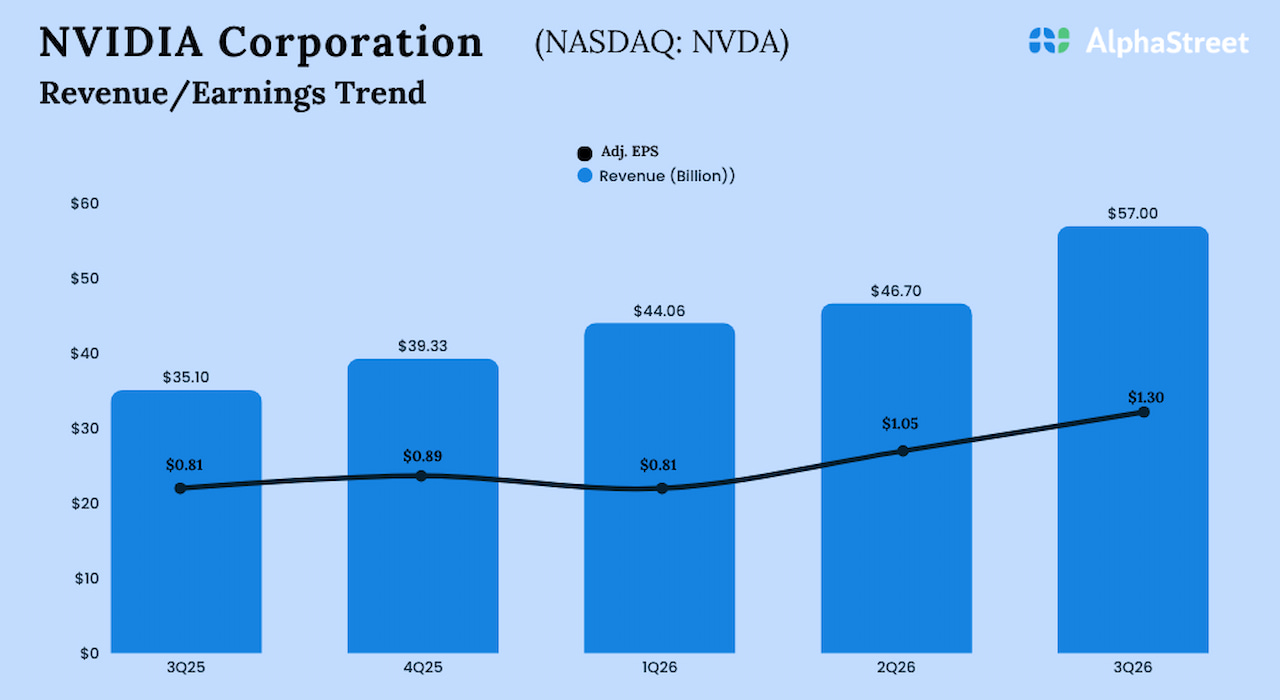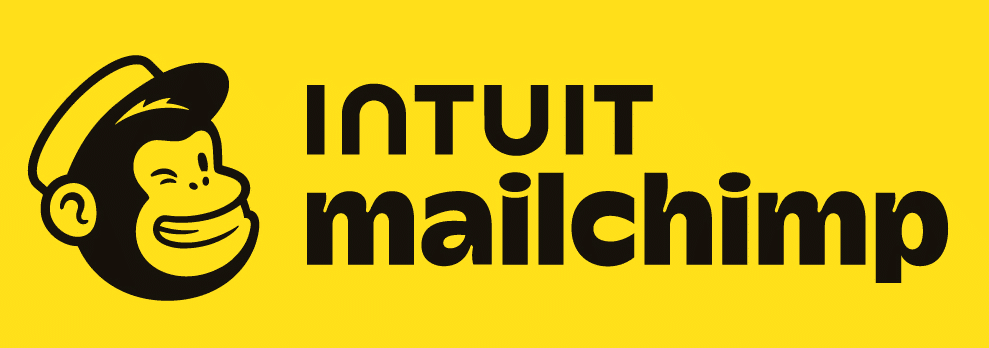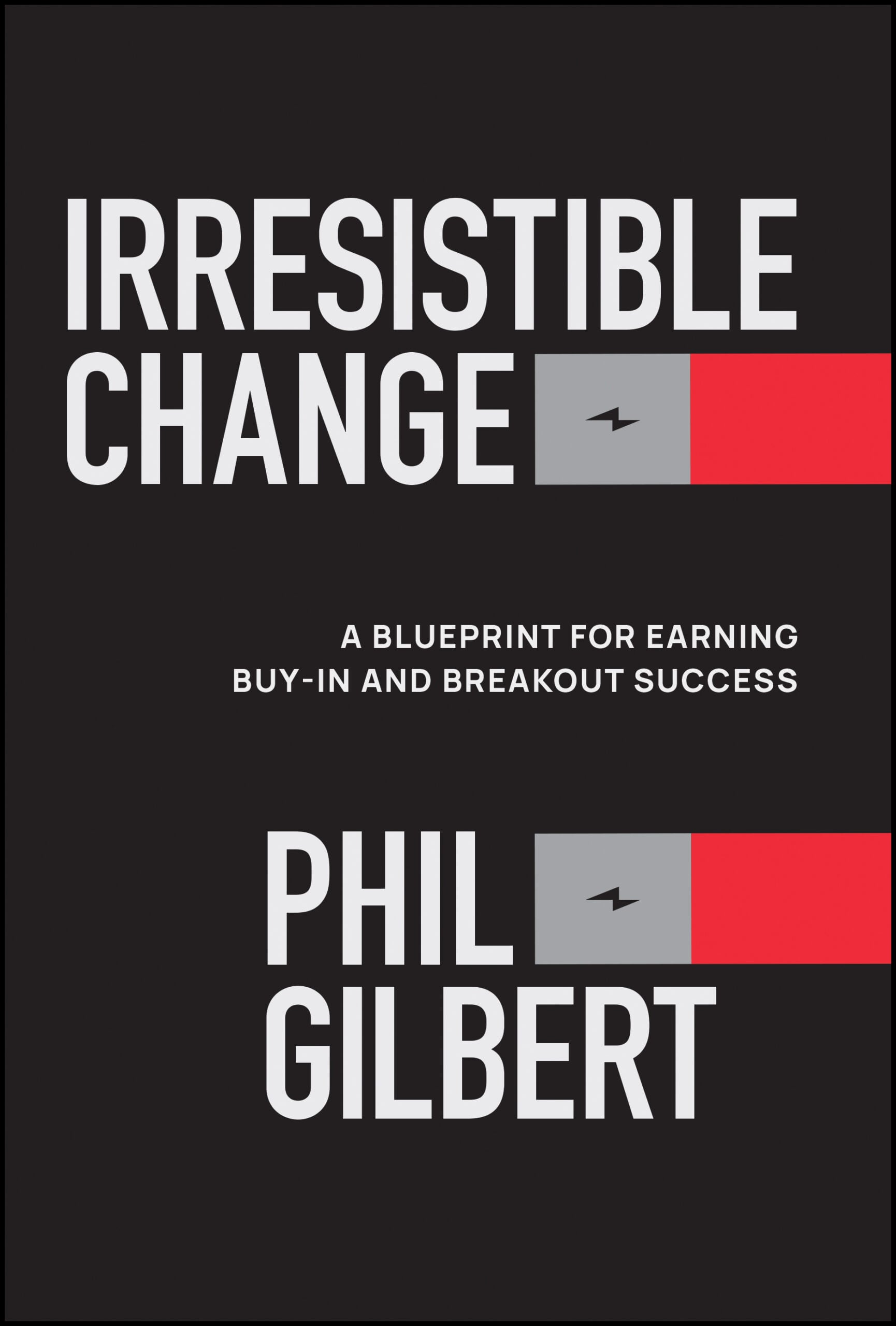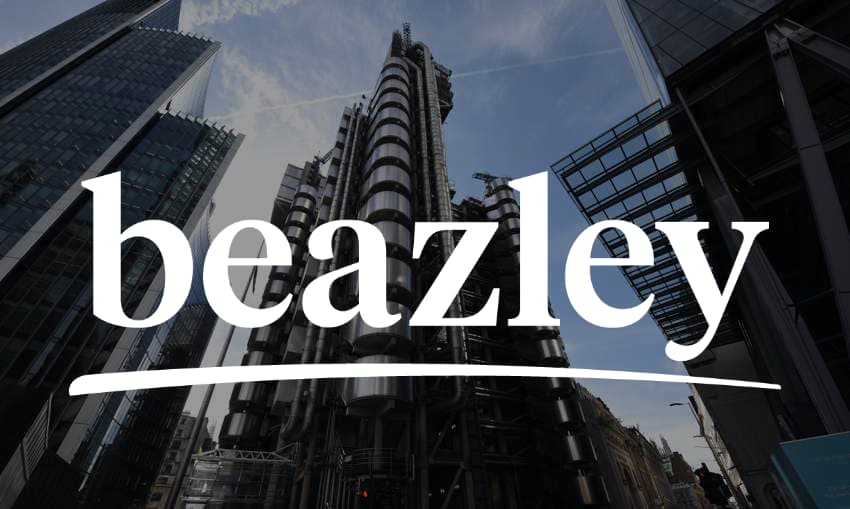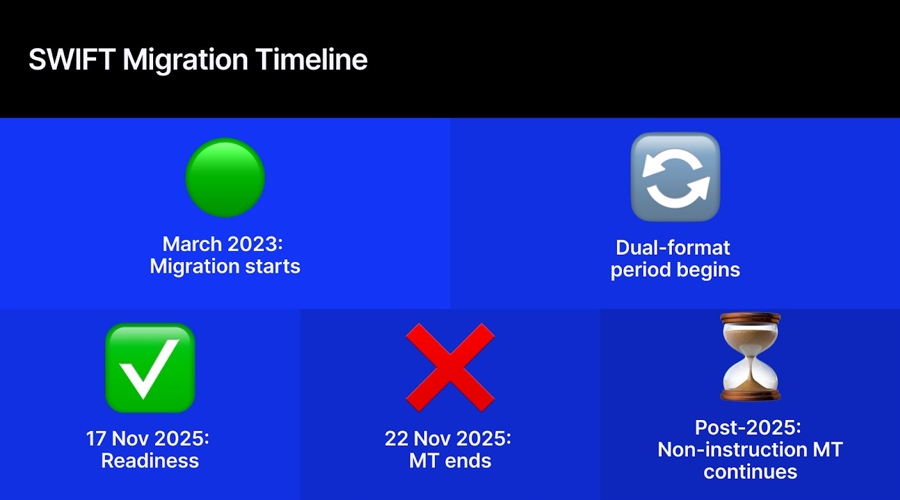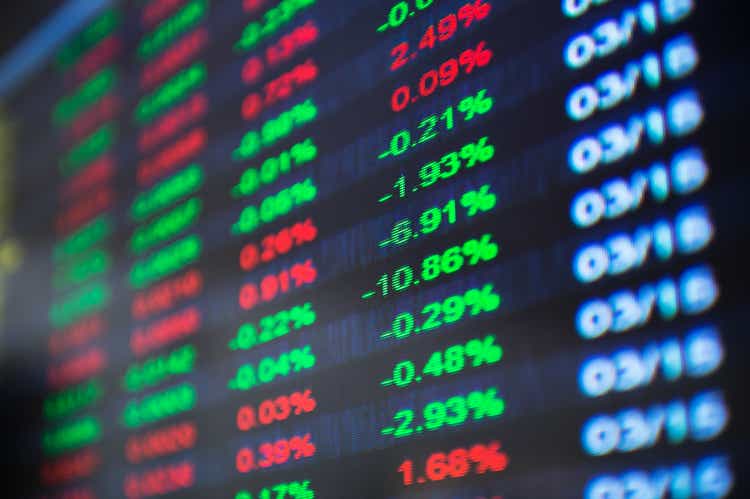hxdbzxy/iStock via Getty Images
The S&P 500 (SP500) cratered nearly 20% for the year, marking its worst annual performance since the financial crisis in 2008.
Energy was the only sector to post annual gains, rising nearly 60%. Oil prices had a turbulent year, initially hitting a new high as the Russia-Ukraine war upended global crude flows and led to tight supplies, and subsequently falling on weak demand from top importer China.
Among the constituents of the S&P 500 (SP500), oil and natural gas producers and renewable energy companies made some of the biggest gains.
Occidental Petroleum (OXY) and Constellation Energy (CEG) were the top two percentage gainers on the S&P 500. Both companies saw their shares more than double in value, with OXY rising 117.3% to end at $62.99 and CEG adding 105.3% to close at $86.21. Hess (HES) was the third highest percentage gainer on the S&P 500, advancing 91.6% to settle at $141.82.
Turning to the top S&P percentage losers for the year, maker of backup generators and solar products Generac (GNRC) was the worst performer, declining 71.4% to close at $100.66. The company struggled with a higher-than-average inventory in 2022, which is likely to put pressure on revenue next year.
Match Group (MTCH), the owner of dating app Tinder, was the second worst S&P performer, falling 68.6% to close at $41.49. The company’s decline was part of a broader yearly retreat in technology and digital services companies.
Align Technologies (ALGN) rounded out the top three S&P losers, slipping 67.9% to settle at $210.90. The maker of 3D digital scanners and aligners used in orthodontics suffered a sell-off partly due a fall in demand for niche medical services and high valuations.
A company of note is Tesla (TSLA), as the electric vehicle maker ended as the fifth worst S&P 500 performer. The Elon Musk-led firm fell 65% to end at $123.18, setting several new 52-week lows through the year amid a major downdraft in H2.

















